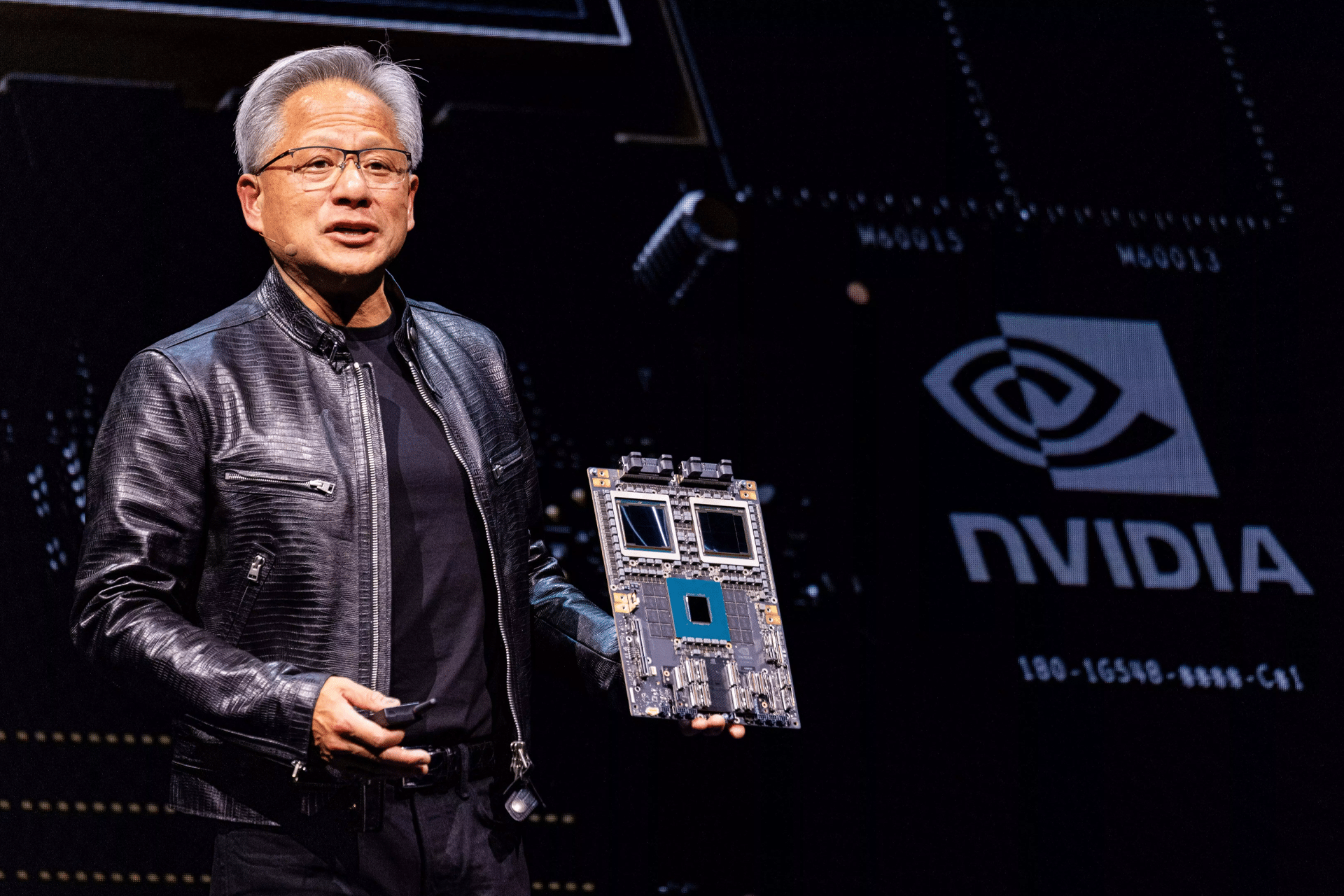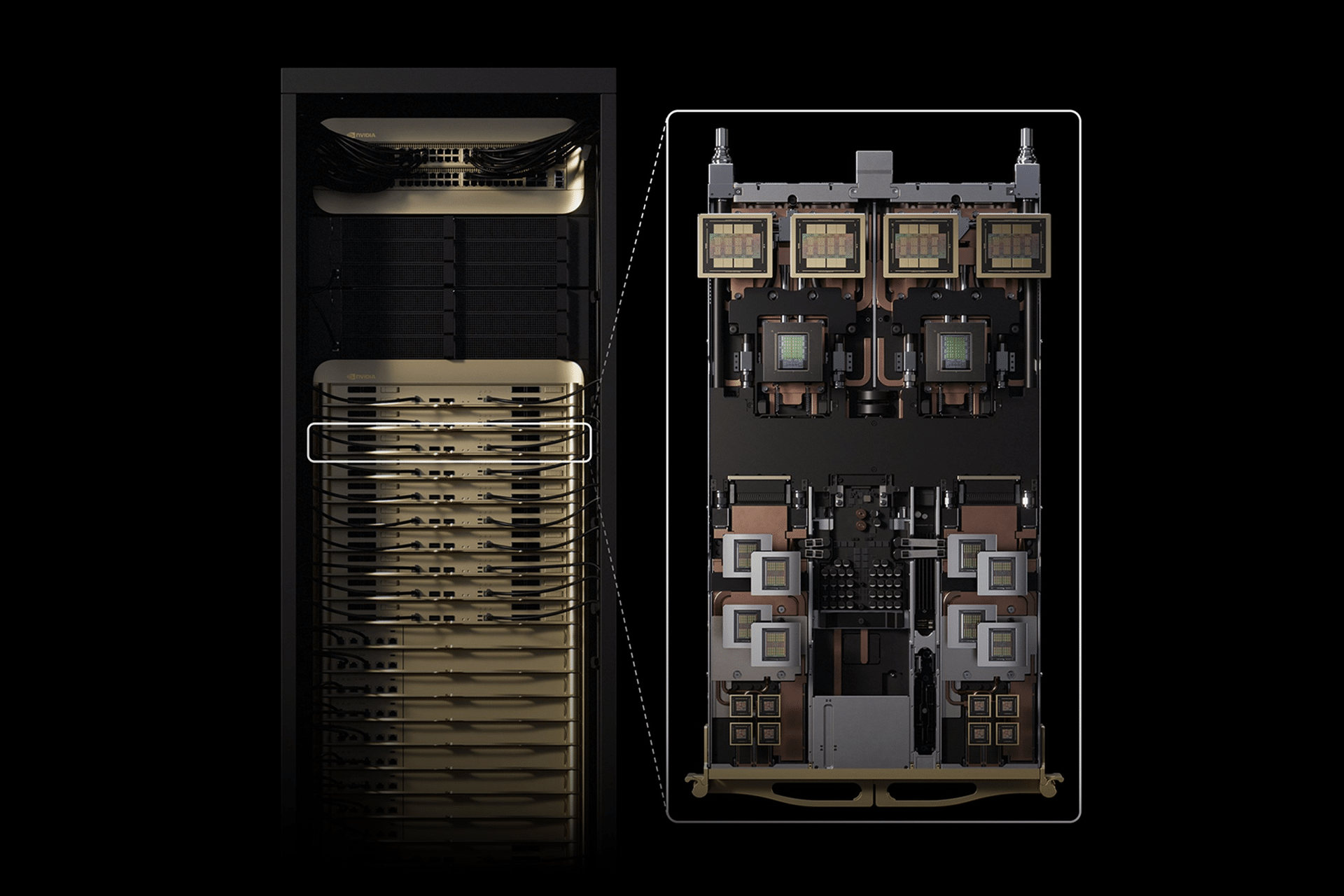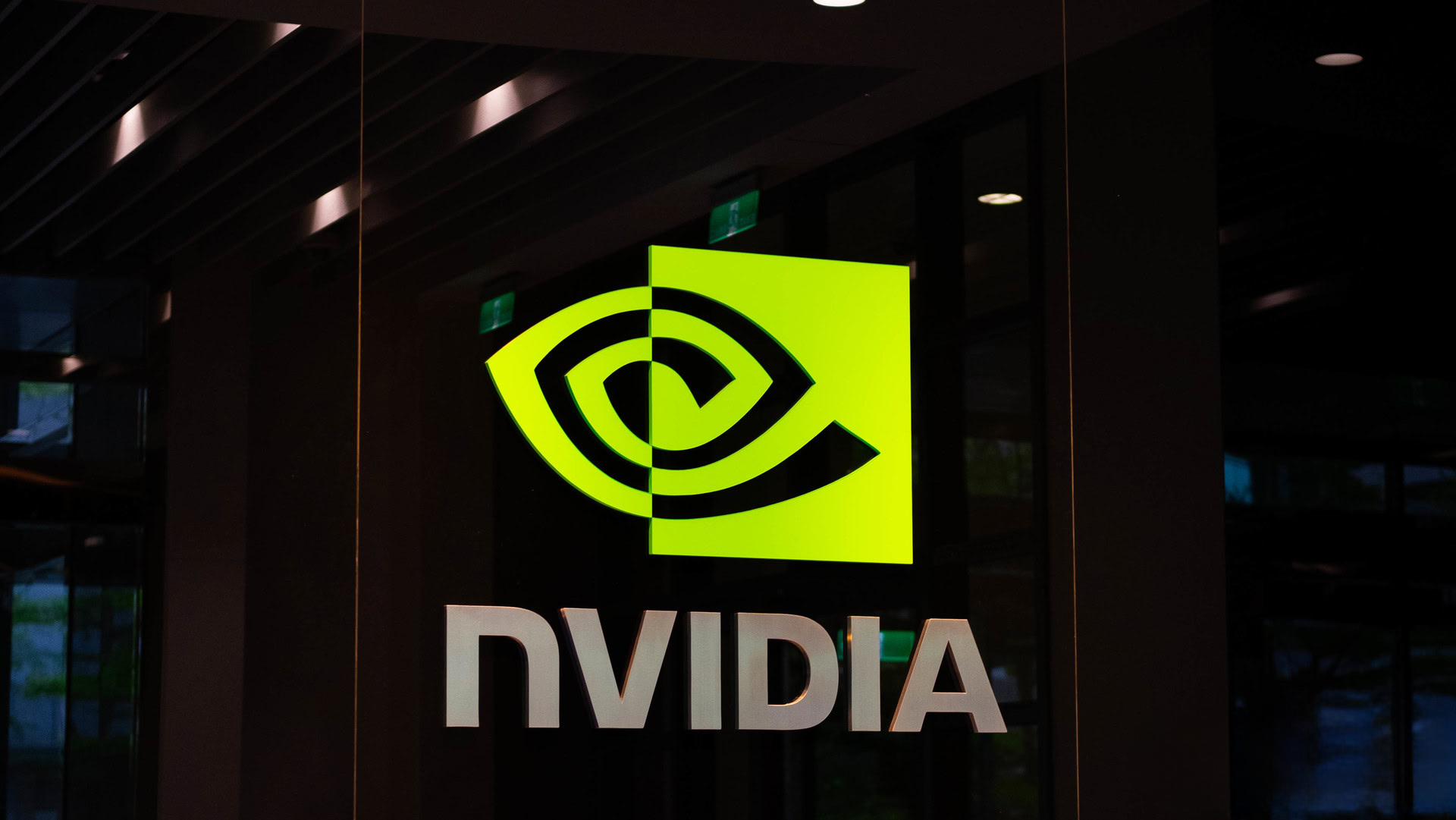The Rubin CPX chips succeed Nvidia’s Blackwell architecture, which marked the company’s entry into large-scale AI processing systems. Unlike traditional GPUs, the Rubin CPX integrates critical functions such as video decoding, encoding, and inference into a single chip. This consolidation addresses the challenges of data-heavy tasks, like processing an hour of video content that can require up to 1 million tokens. By streamlining these steps, the Rubin CPX reduces latency and boosts performance, making it a game-changer for applications requiring real-time AI outputs.
Available as cards for integration into existing server designs or as standalone systems for data centers, the Rubin CPX offers flexibility for enterprises. Nvidia estimates that a $100 million investment in these chips could generate $5 billion in token revenue, highlighting their economic potential as AI workloads grow.
Powering AI-Driven Video Creation
Video generation, a computationally intensive process, is a primary focus for the Rubin CPX. The chip’s architecture is optimized to handle tasks like “vibe coding,” where AI creates immersive video content based on contextual inputs. This capability is vital for industries such as entertainment, advertising, and gaming, where demand for high-quality, AI-generated visuals is surging. For example, studios can use the Rubin CPX to produce realistic animations or virtual environments faster than ever, reducing production timelines and costs.
The chip’s ability to process large token volumes efficiently also supports generative AI models that create video from text prompts. This opens doors for content creators, enabling rapid prototyping of visual assets without the need for extensive hardware setups.

Revolutionizing Software Development
Beyond video, the Rubin CPX excels in AI-assisted software creation. Tasks like code generation, debugging, and optimization—often referred to as “AI-assisted coding”—benefit from the chip’s high-speed inference capabilities. Developers can leverage these chips to accelerate workflows, producing complex software with fewer resources. This is particularly impactful for startups and smaller firms that lack access to massive data centers but still aim to compete in the AI-driven software market.
Nvidia’s focus on integrating processing steps ensures that the Rubin CPX minimizes bottlenecks, allowing for seamless transitions between coding, testing, and deployment phases. This efficiency could redefine how software is built, making development cycles shorter and more cost-effective.
Nvidia’s Market Dominance and Challenges
Nvidia’s leadership in the AI chip market, with a share exceeding 90%, is bolstered by the Rubin CPX announcement. The company’s stock has soared, reflecting investor confidence in its ability to meet the growing demand for AI infrastructure. However, Nvidia faces challenges, including production delays with its Blackwell chips due to design flaws, which have slightly dented margins. The Rubin CPX, still over a year from release, will need to navigate a competitive landscape where rivals like AMD and emerging players like China’s Alibaba are developing alternative AI chips.
Geopolitical factors also loom large. U.S. export restrictions have limited Nvidia’s ability to sell advanced chips in markets like China, prompting the company to develop scaled-down versions like the H20. The Rubin CPX’s global rollout will likely face similar scrutiny, especially as nations vie for technological supremacy.
The Broader Impact on AI Innovation
The Rubin CPX is more than a hardware upgrade; it’s a catalyst for the next wave of AI innovation. By reducing the computational barriers to video and software generation, Nvidia enables industries to explore new creative and technical possibilities. For instance, educational platforms could use these chips to create dynamic, AI-generated tutorials, while healthcare providers might develop real-time diagnostic tools powered by advanced AI models.
Nvidia’s investment in software ecosystems, like its CUDA platform and the recently introduced Dynamo software for reasoning tasks, complements the Rubin CPX’s hardware advancements. This holistic approach ensures that developers have the tools to maximize the chip’s potential, fostering a vibrant ecosystem of AI applications.








